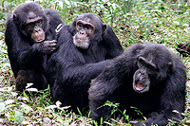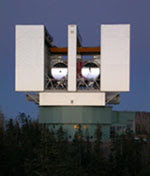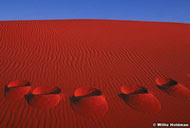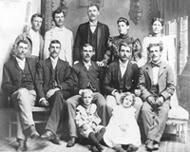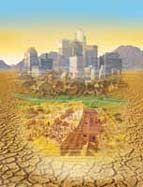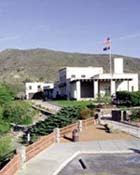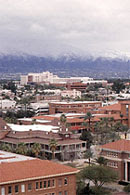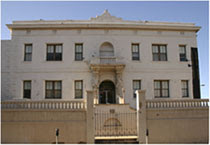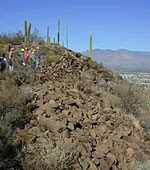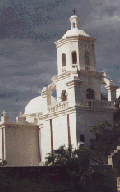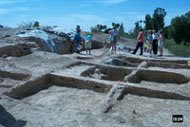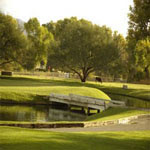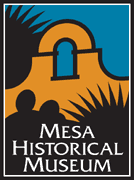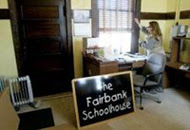 [Source: Cindy Skalsky, Sierra Vista Herald] -- It isn’t every day in the 21st century that a ghost town is reclaimed. But Cochise County — with the help of an extraordinary number of federal and state agencies, local organizations and individual volunteers — will accept on Saturday the permanent gift of much hard work in honor of history. “I hope it’s a day like today,” said Jane Childress, amidst supervising the frantic finishing touches on the restored Fairbank Schoolhouse and the surrounding structures awaiting their own revival. “The sun is shining, the trails are clear, there’s water in the river, and it’s the peak of the tourist season,” smiled the archaeologist and Fairbank Townsite project manager employed by the Bureau of Land Management. Not to mention that the cottonwoods along the San Pedro are shimmering with the vibrant, take-a-lick-green of early spring.
[Source: Cindy Skalsky, Sierra Vista Herald] -- It isn’t every day in the 21st century that a ghost town is reclaimed. But Cochise County — with the help of an extraordinary number of federal and state agencies, local organizations and individual volunteers — will accept on Saturday the permanent gift of much hard work in honor of history. “I hope it’s a day like today,” said Jane Childress, amidst supervising the frantic finishing touches on the restored Fairbank Schoolhouse and the surrounding structures awaiting their own revival. “The sun is shining, the trails are clear, there’s water in the river, and it’s the peak of the tourist season,” smiled the archaeologist and Fairbank Townsite project manager employed by the Bureau of Land Management. Not to mention that the cottonwoods along the San Pedro are shimmering with the vibrant, take-a-lick-green of early spring.Yet despite the array of activities planned to celebrate the schoolhouse opening and other improvements that have been years in the planning and doing, Childress asked a bit uncertainly, “We should get a good crowd?” Fairbank, located on Highway 82 just east of the San Pedro River, has long been available to explore from dawn to dusk. Beginning this weekend, there is a new focus and new importance to the formerly abandoned transportation hub of Arizona’s late 1800s. The school, built in the 1920s of gypsum block manufactured in Douglas, replaced an earlier structure from the 1880s that is believed to have burned down. The successive Fairbank schools served from kindergarten through eighth grade, and the student population likely never exceeded 45. To continue their education would mean traveling to the “big city” of Tombstone, some miles to the east on what was then a stagecoach route — now Highway 82. “I may have romanticized the West when I first got here,” said Will Fassett, an intern who arrived from the Student Conservation Association a year ago to assist on the project. “But even as a history major, I didn’t appreciate how tedious and careful the work would be and how no decision was made without completely thinking through every aspect.” As Childress summed it up, “There’s a lot of paperwork before there’s any dirt work.” Childress is proud the restoration has been as authentic as possible, keeping many original elements and reproducing those that couldn’t be saved.
[Note: To read the full article, click here. Photo source: Ed Honda.]


